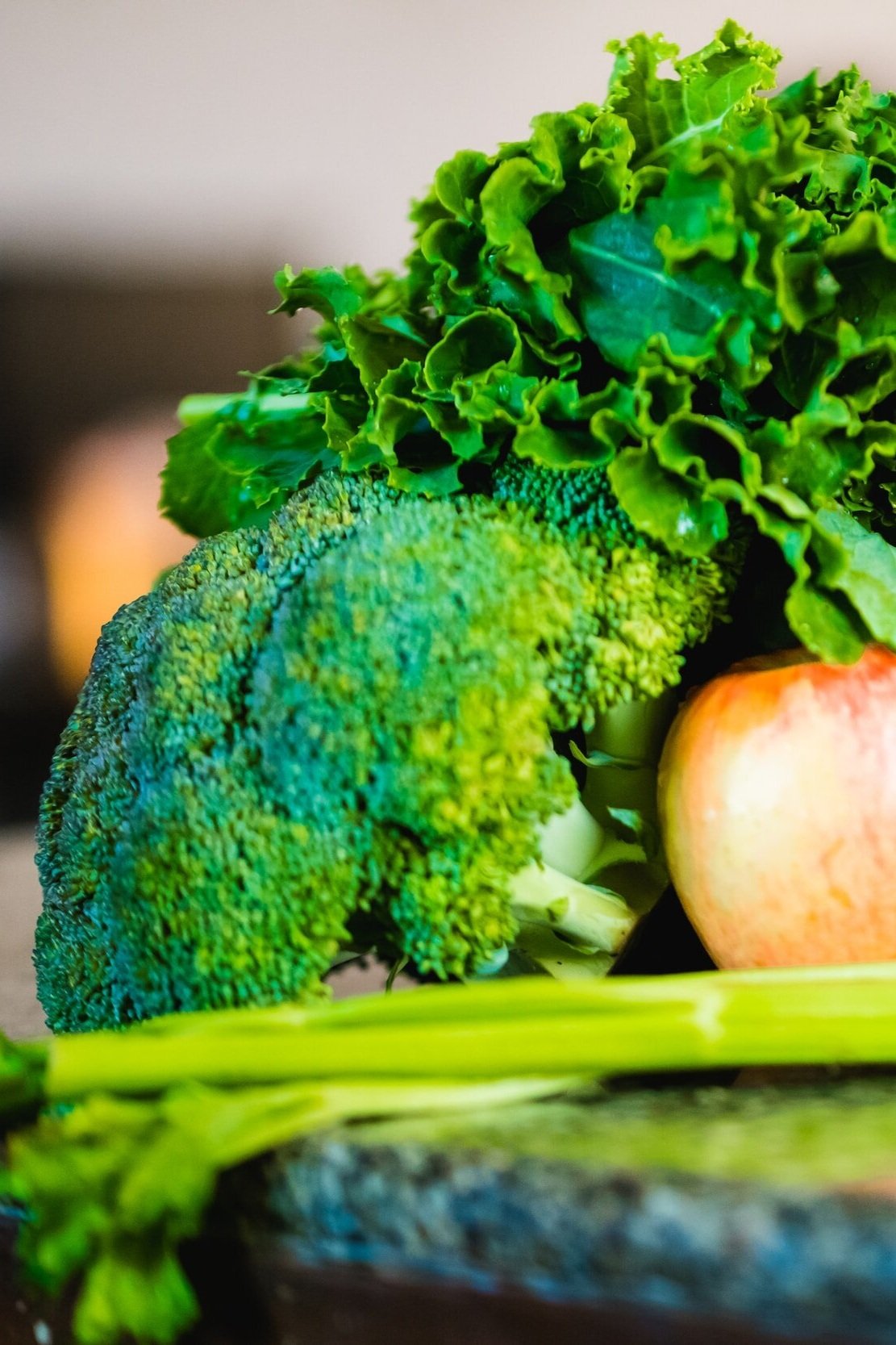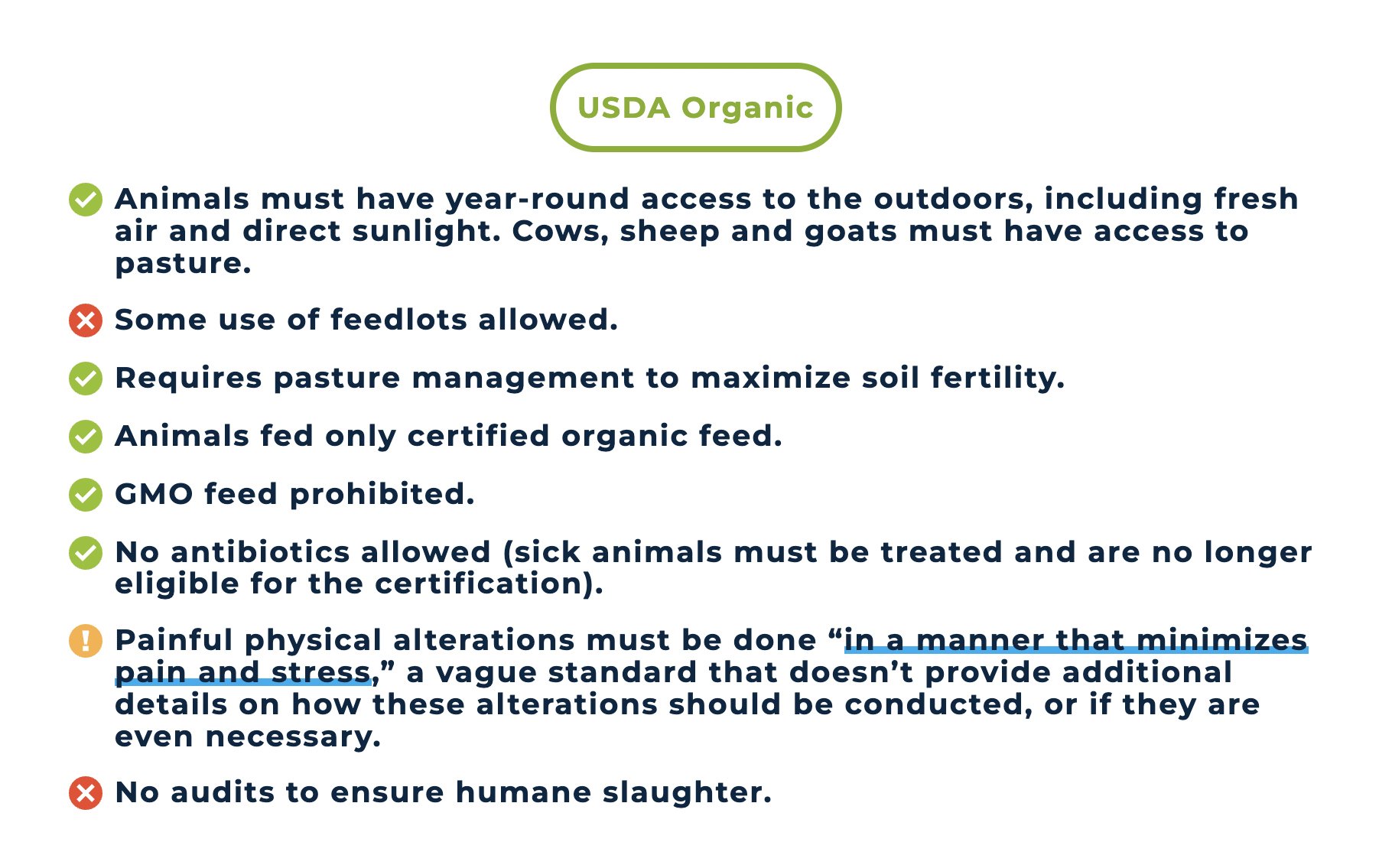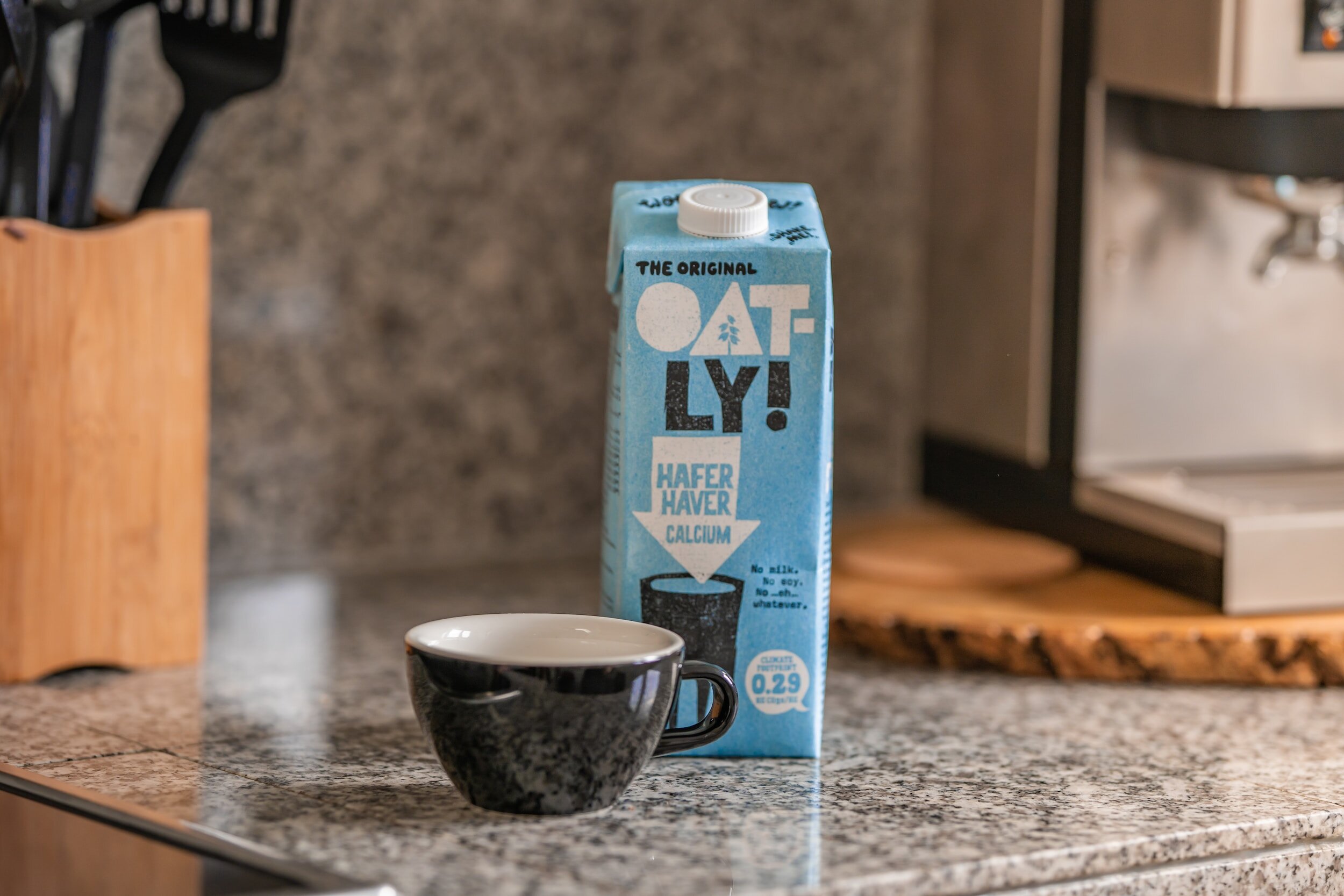The facts.
-
Calcium is an important mineral for bone density, especially for bone development in children.
-
As we get older, maintaining an adequate calcium intake is important for maintaining bone density and protecting from broken bones.
-
Osteoporosis is reduced bone density as a result of decreased calcium, it is a major risk factor for hip fractures and increased mortality in the elderly.
-
The NIH says the recommended daily allowance for calcium is approximately 1200mg/day depending on your age, though there are some schools of thought that say we may not need as much.
-
Generally, a cup of milk has approximately 300mg of Calcium (varies based on the type of dairy milk you drink).
Alternative milks… the big picture.
There are an increasing array of milk alternatives on the market, with well over 300 plant-based milks available it can be hard to know which is the right choice for you. Just walking through the dairy isle can be confusing. Replacing dairy milk, which has a huge environmental footprint, is a great first step since much of it is the result of mass agricultural practices in which cows are treated inhumanely.
So, if you are considering a switch to alternative milks, you may be concerned that you or your family will not get enough calcium. Getting adequate calcium is essential for good health for a number of reasons. Not only is it a major component of our bones, but it also is critical for keeping both our organs and skeletal muscles working properly. Studies show that if you can get at least 700 mg of calcium from food, that should be enough.
How does replacing one cup of milk impact calcium intake?
The good news is that most non-dairy milks are fortified with calcium and so 1:1 replacement should replace your calcium. Looking at some of our favorite milk replacements;
-
Silk Organic Unsweetened Soy Milk has 300mg of calcium
-
Califia Farms Unsweetened Almond Milk has 440mg of calcium
-
Oatly full fat oat milk has 350mg of calcium
Are there other sources of calcium?
It is also important to understand that the nutritional value of alternative milks does vary. Our recommendation is to choose your milks based on taste and texture matching different milks for different purposes. For example, soy milk is great in cereals while almond milk can be used in small quantities in smoothies when adding a lot of other nutritionally dense foods such as fruit and vegetables. Oat milk is great in coffee because it froths well and adds a creamy texture. Check out this side-by-side milk comparison guide.
Of course, milk is not the only way we can add more calcium to our diet, some great non-milk sources of calcium are outlined in the chart below taking into consideration their sources of calcium and environmental footprint.
The choices.
Life-focused
If your focus is on being kind to living things, avoiding dairy and switching to milk alternatives is highly recommended. All plant based milks are an excellent source of calcium and are humane.
In the United States, 9.3 million cows are raised for milk and the dairy industry is notorious for the poor treatment of cows which are treated like commodities and can spend 90% of their time indoors often in isolation. Once the maternal cow has delivered its calf, the calf is immediately removed, and the milk is sold to humans. In addition, the dairy industry is also known for creative marketing which misleads the customer. Here’s an example of how ‘certified humane’ and ‘organic’ labelling compare according to the Environmental Working Group.
Earth-focused
If your focus is on the earth and environment, our recommendation is to avoid almond milk due to its high water footprint. Vegetables and orange juice are the most environmentally friendly source of calcium.
In general, plant based sources of calcium, which do not need processing, have the lowest footprint like fresh broccoli or citrus which both are good alternates. Each alternative calcium source has an environmental footprint which you can see represented in the graphs below.
Interestingly, almond milk, is mixed in that it is very low for GHG emissions despite being water intensive. Soy and oat milks are the winners by far among the non-dairy milks. Soy and oat Milk are the best choices from an environmental footprint. Chia seeds are a hidden gem in this list – 1 serving packs 190mg of calcium plus also 10g of fiber. Here is a great recipe and some additional information.
Holistic
If you are considering both a life and environmental focus, we encourage you to get your calcium from a range of sources including vegetables and beans. Choose foods which are nutritionally dense for your calcium sources so that you are also getting fiber and other micronutrients
It is so important to get enough calcium from a variety of sources, ideally from a healthy varied diet but in some cases vitamin supplement is necessary. Over time, society has become wired to think that milk is THE source of calcium but as you can see this is not quite true. Sources such as vegetables and beans not only have calcium, but also have other beneficial nutrients such as fiber which is lacking in the Standard American Diet. Consider how you can maximize your nutrient intake in each food that you consume!Limit or avoid animal sources of calcium
Additional resources on milk alternatives.
Read more about the topic.
Alternate Milk Comparison Guide
We’ve compared several milk alternatives. Check out this side-by-side comparison guide to help you make the right choices for you.








